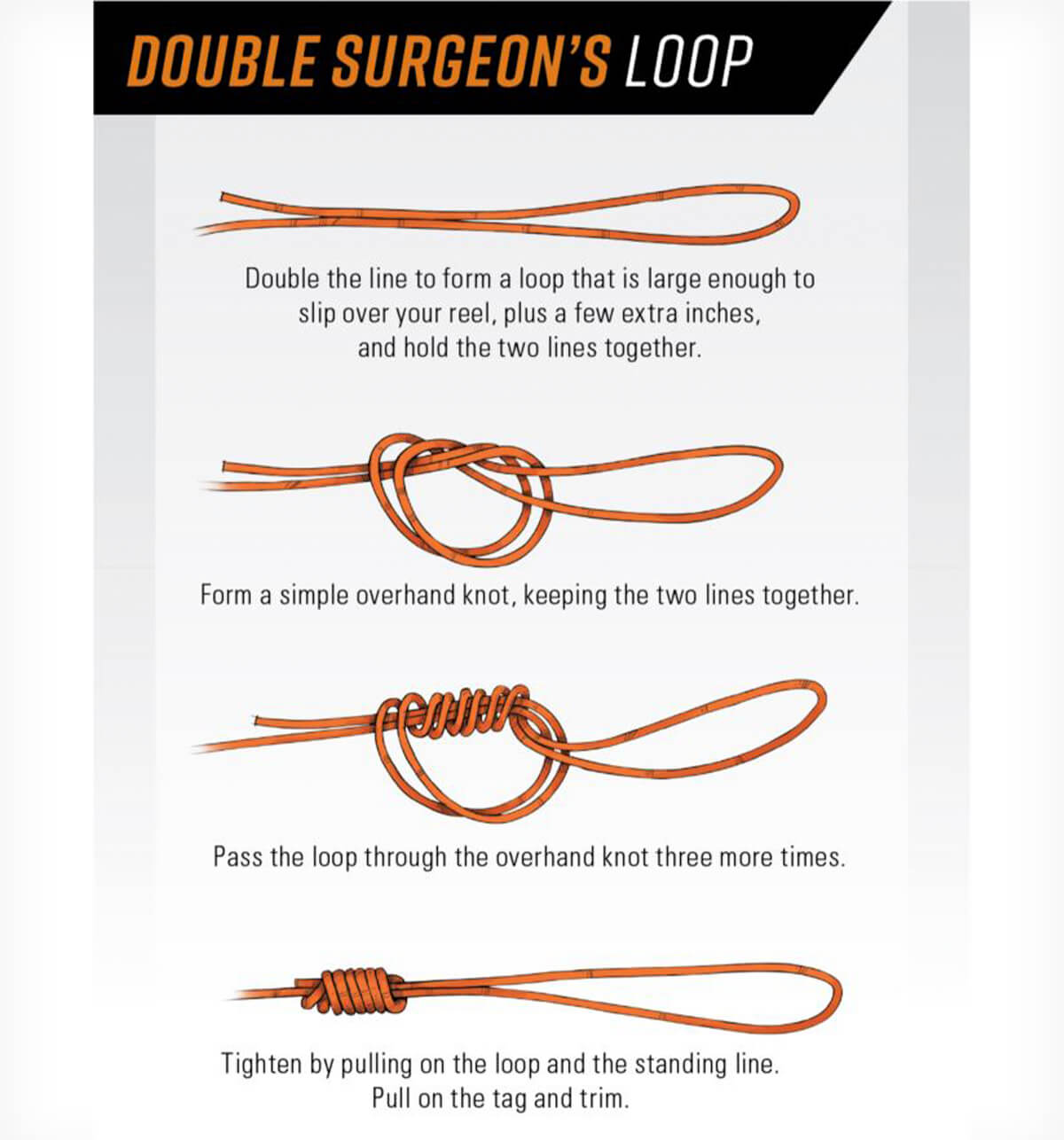Unlock the Art of Fly Tying for Fishing Success

Ever dreamt of outsmarting a trout with a fly you crafted with your own hands? The allure of fly fishing is amplified by the art of fly tying, a practice that transforms anglers into artisans and deepens their connection with the sport. It's more than just assembling feathers and thread; it's about understanding the intricate dance between insect and fish, and creating imitations that deceive even the wariest of quarry.
Fly tying is a rewarding pursuit that elevates fishing from a pastime to a passion. Imagine standing on the banks of a pristine river, rod in hand, knowing that the fly dancing on the water's surface is a product of your own skill and creativity. This sense of accomplishment is unmatched, and the satisfaction of landing a fish on a self-tied fly is truly unparalleled.
The history of fly construction dates back centuries, with evidence suggesting its origins in Macedonia around the 2nd century AD. Early fly tiers used natural materials like wool, fur, and feathers to mimic the insects found in their local waters. Over time, fly tying evolved, influenced by regional traditions and advancements in materials and techniques. Today, it’s a global craft practiced by anglers of all skill levels, from beginners tying their first simple patterns to seasoned experts creating intricate and lifelike imitations.
The significance of creating fishing flies lies in its ability to enhance angling success. By understanding the local insect life and crafting flies that closely resemble them, anglers can significantly improve their catch rates. This deeper understanding of the aquatic ecosystem fosters a greater appreciation for the natural world and promotes conservation efforts.
One of the main issues related to fly tying for fishing is the initial investment in tools and materials. While starting with a basic kit is feasible, the cost can increase as tiers expand their collection of materials and acquire specialized tools. However, the long-term benefits, including cost savings on purchasing flies and the satisfaction of crafting custom creations, often outweigh the initial expense.
Fly tying involves attaching various materials, such as feathers, fur, and thread, to a hook to create an artificial fly that mimics insects or other aquatic creatures. A simple example is the Woolly Bugger, a versatile pattern that imitates a variety of prey. It's constructed using chenille for the body, marabou feathers for the tail, and hackle feathers wound around the hook shank.
One benefit of designing fishing flies is cost savings. While commercially produced flies can be expensive, especially for specialized patterns, tying your own allows you to create a diverse collection at a fraction of the cost. Another advantage is customization. You can tailor your flies to match the specific insects hatching in your local waters, increasing your chances of success. Finally, the creative aspect of tying your own flies is incredibly rewarding. It's a relaxing and engaging activity that allows you to express your artistic side.
To begin your fly tying journey, start with a basic fly tying kit and learn a few fundamental patterns. Practice consistently and seek guidance from experienced tiers, either through online resources, local fly shops, or fly fishing clubs. A successful example of a beginner-friendly pattern is the Clouser Minnow, a versatile fly that imitates a baitfish.
Advantages and Disadvantages of Tying Flies
| Advantages | Disadvantages |
|---|---|
| Cost savings | Initial investment in tools and materials |
| Customization | Time commitment to learn and practice |
| Creative expression | Potential for frustration when starting out |
Best Practices: 1. Organize your materials. 2. Maintain sharp tools. 3. Practice consistent thread tension. 4. Use high-quality materials. 5. Learn from experienced tiers.
Examples: 1. Wooly Bugger. 2. Clouser Minnow. 3. Adams. 4. Elk Hair Caddis. 5. Royal Wulff.
Challenges: 1. Maintaining thread tension. Solution: Practice and use a bobbin holder. 2. Selecting the right materials. Solution: Consult resources and experienced tiers. 3. Tying small flies. Solution: Use magnification and specialized tools.
FAQ: 1. What tools do I need? 2. What materials should I start with? 3. Where can I learn fly tying? 4. How long does it take to tie a fly? 5. What are the best beginner patterns? 6. How do I store my flies? 7. How do I clean my tools? 8. How do I choose the right hook size?
Tips and tricks: Use a whip finisher for secure knots. Keep your bobbin wax fresh. Experiment with different materials.
In conclusion, crafting flies for fishing is an enriching experience that enhances the overall angling adventure. From the initial investment in tools and materials to mastering intricate patterns, the journey of a fly tier is filled with learning, creativity, and a deep connection with the natural world. The benefits of fly fishing, crafting custom creations, and achieving cost savings are significant. Embrace the challenge, seek guidance from experienced tiers, and unlock the artistry of fly tying to elevate your fishing pursuits and experience the unparalleled satisfaction of landing a fish on a fly you meticulously crafted.
Decoding fee for service doctors a clear guide
Mactan cebu condos island living redefined
Buzz off the ultimate guide to finding mosquito repellent bracelets













